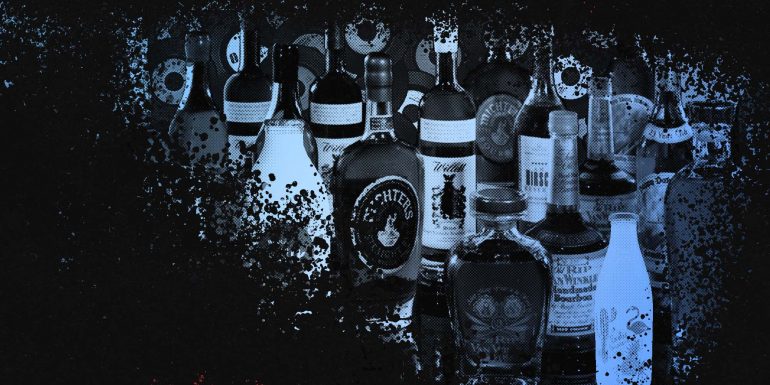Rhythm and blues, frequently abbreviated as R&B or R’n’B, is a genre of popular music that originated in African-American communities in the 1940s. The term was originally used by record companies to describe recordings marketed predominantly to urban African Americans, at a time when “urbane, rocking, jazz based music … [with a] heavy, insistent beat” was becoming more popular. In the commercial rhythm and blues music typical of the 1950s through the 1970s, the bands usually consisted of piano, one or two guitars, bass, drums, one or more saxophones, and sometimes background vocalists. R&B lyrical themes often encapsulate the African-American experience of pain and the quest for freedom and joy, as well as triumphs and failures in terms of relationships, economics, and aspirations.
The term “rhythm and blues” has undergone a number of shifts in meaning. In the early 1950s, it was frequently applied to blues records. Starting in the mid-1950s, after this style of music had contributed to the development of rock and roll, the term “R&B” became used in a wider context. It referred to music styles that developed from and incorporated electric blues, as well as gospel and soul music.
From 1960s to 1970s, several British bands and groups such as the Rolling Stones, the Who and the Animals were referred to and promoted as being R&B bands. By the 1970s, the term “rhythm and blues” had changed again and was used as a blanket term for soul and funk. In the late 1980s, a newer style of R&B developed, becoming known as “contemporary R&B”. It combines rhythm and blues with elements of pop, soul, funk, disco, hip hop, and electronic music. (From WikiPedia)










